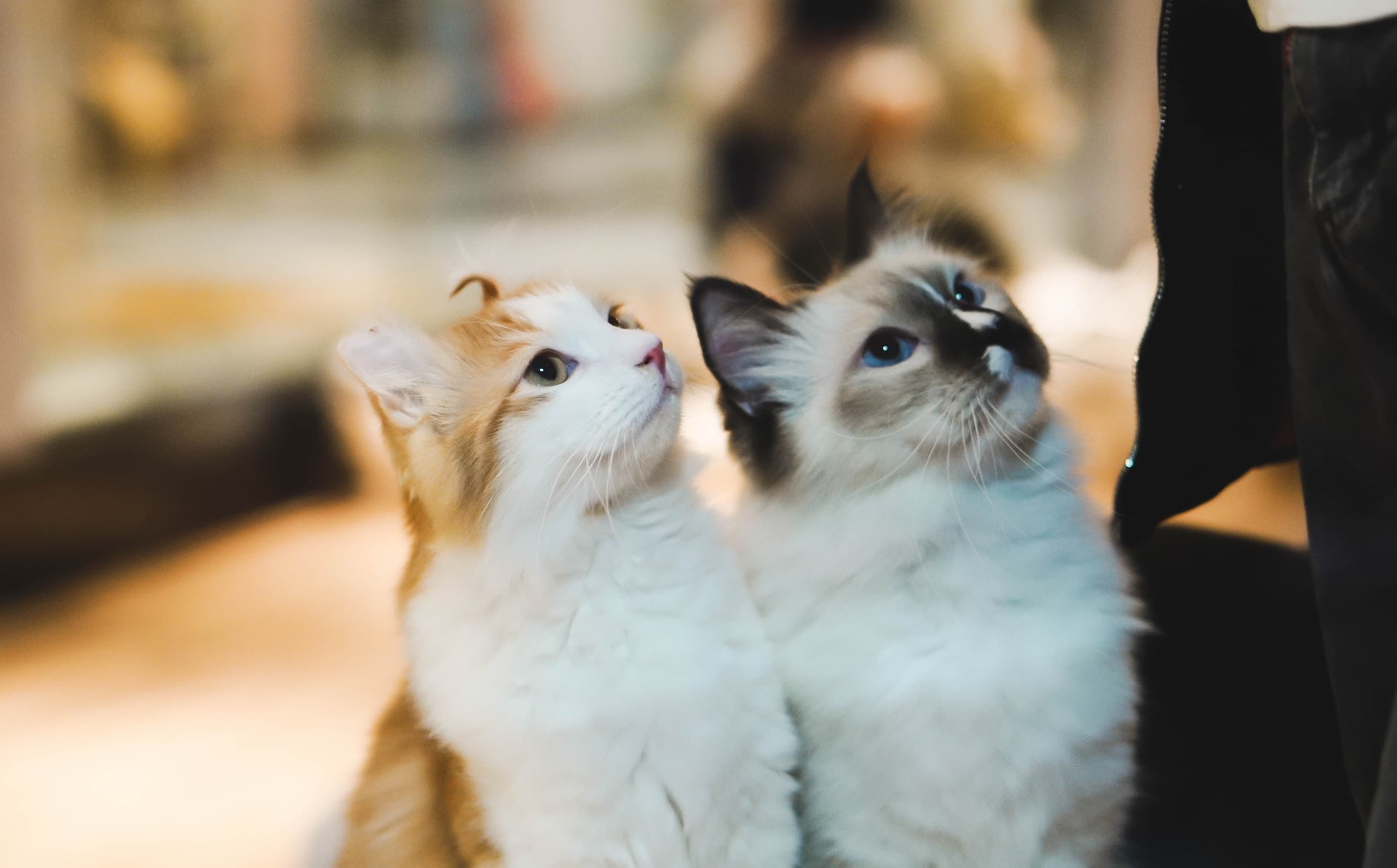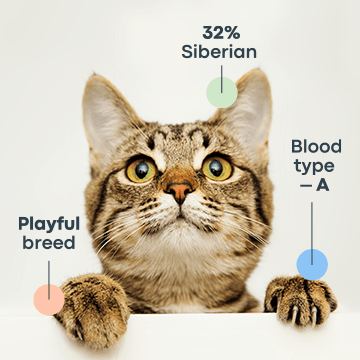Identifying a cat's gender can be more complex than it seems, especially in young kittens or certain breeds where physical differences are less pronounced. However, careful observation of facial features can provide significant insights. This in-depth exploration will highlight the subtle yet distinct differences in the facial features of male and female cats. We can explore these differences, focusing on how to tell cat gender by face.
Do Male and Female Cats Have Different Facial Features?
Yes, male and female cats do exhibit distinct facial features. These differences, while subtle, can be discerned with a keen eye. They result from the physiological variations driven by their respective gender hormones. Identifying these features is interesting and practical, especially when a physical examination might be challenging or in young kittens without fully developed reproductive organs.
Look at the Face Shape
The overall face shape is a significant indicator of gender. Male vs female cat face differences are particularly noticeable in unneutered males, who tend to have a robust, angular facial structure. This is more noticeable in certain breeds and becomes more pronounced as the cat matures. The broader face in males is often due to their larger skull and stronger jaw muscles. In contrast, female cats typically exhibit a softer, more refined face shape. Their features are generally more delicate, and their facial contours are smoother, lending a more feminine appearance.
The Difference in Whisker Pads
During the debate "male vs female cats," whisker pads are a key feature. They are not only for whiskers but can also help find the answers. In male cats, these pads are usually more prominent, contributing to a wider, more imposing facial appearance. Again, this is particularly noticeable in unneutered males, where the influence of testosterone leads to a more pronounced development of these features. In females, the whisker pads are less prominent, aligning with their overall more delicate facial structure. The difference in whisker pad size can be a helpful guide in determining the gender of a cat, especially in breeds where other physical differences are not as apparent.
Snout Length Along with Face Fat Pads
Examining the snout can also provide clues to a cat's gender. Males generally have a longer and broader snout compared to their female counterparts. This difference is partly due to males' overall larger size and more robust bone structure. Additionally, the face fat pads are usually more evident in males, contributing to their fuller-faced appearance and more pronounced cheeks, often referred to as "tomcat cheeks." These characteristics are not just a result of genetics but also the influence of hormones, particularly testosterone, which plays a significant role in the physical development of male cats.
Notice the Shape of the Forehead
The shape of the forehead is a subtle yet informative feature. Male cats tend to have a flatter, broader forehead. This is part of typical male cats' more angular and pronounced facial structure. In females, the forehead is usually more rounded and less prominent. This difference can be particularly useful in determining the gender of kittens, where other physical differences have not yet fully developed or are less noticeable.
Look at the Cat's Neck
Finally, the neck can be a helpful indicator of gender. In male cats, the neck is typically thicker and more muscular. This is particularly evident in mature males, who develop more substantial muscle mass in their natural growth and hormonal development. Female cats, on the other hand, tend to have a more slender and less muscular neck. This difference, like others, is influenced by the hormonal differences between the sexes and can be a helpful factor in distinguishing male cats from females.
In conclusion, understanding the difference between male and female cats based on facial features is important for identifying and addressing their specific behavioral and health needs. This way pet guardians can easily cater to the specific behavioral and health needs that can vary between male and female cats.
Frequently Asked Questions
What are Tomcat cheeks?
Tomcat cheeks/jowls refer to the fuller, more pronounced cheek pads often seen in mature, unneutered male cats, resulting from higher testosterone levels.
How to tell male from female cat?
To differentiate a male from a female cat, look for physical markers like the presence of testicles in males and a shorter distance between the anus and urinary tract opening in females.
How to tell a cat's gender by face?
To tell a cat's gender by face, observe features such as broader, more angular faces with prominent whisker pads in males and more delicate, rounded faces in females.





